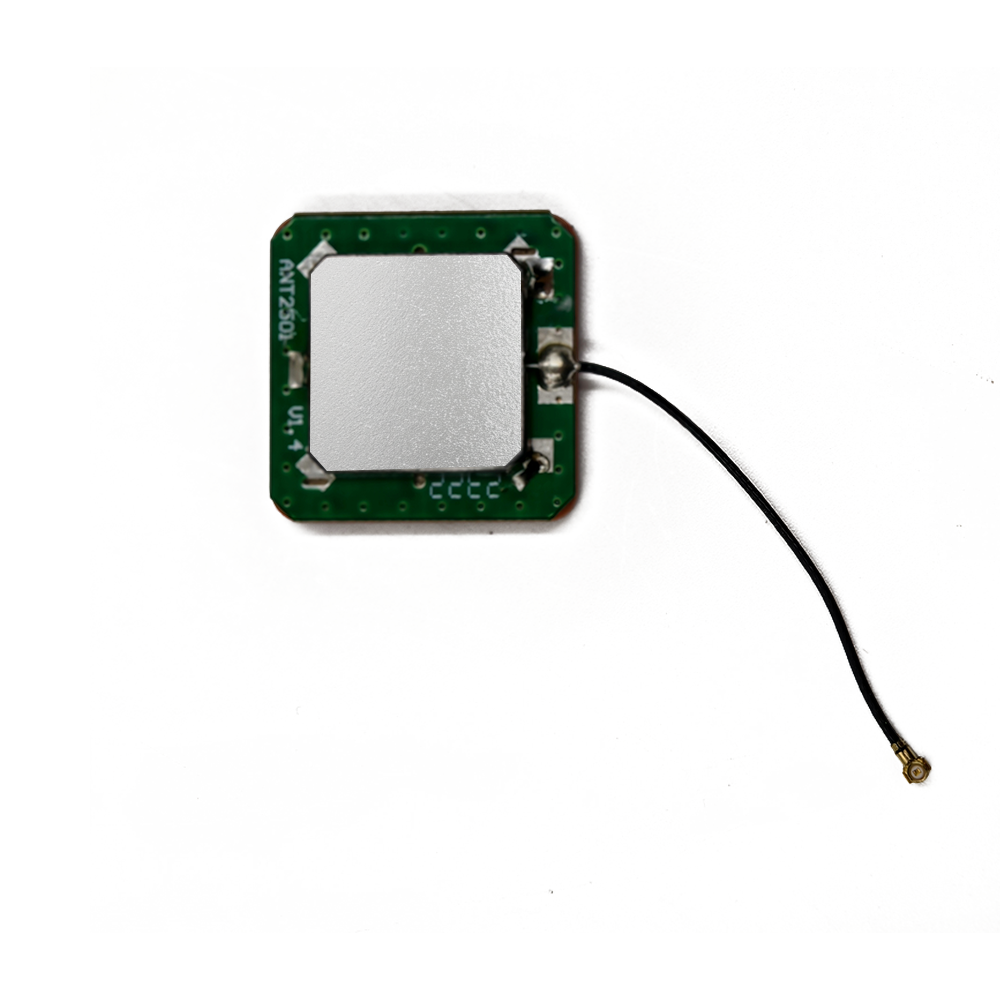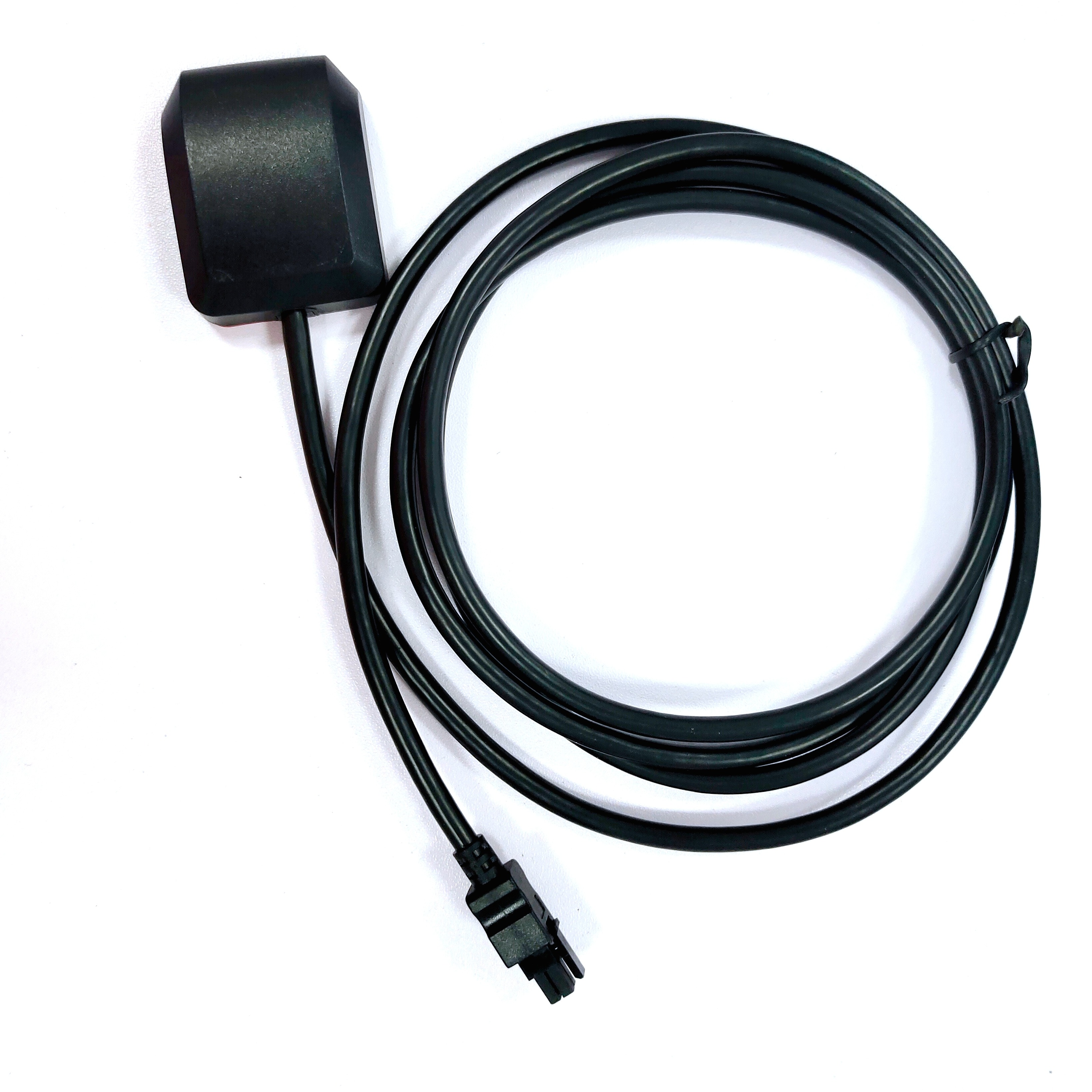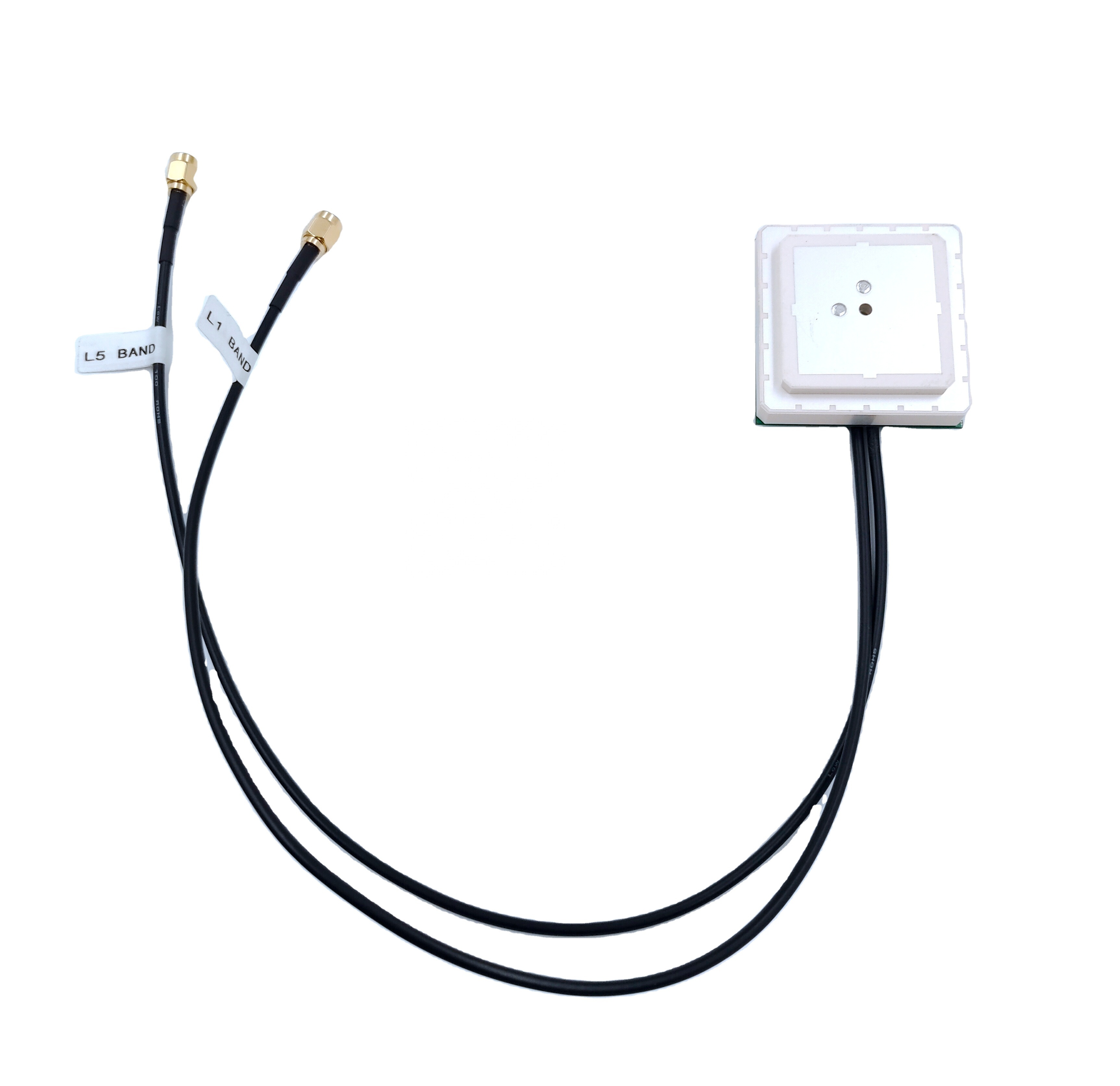Applications
The GPS Glonass 4G Ceramic Chip Antenna finds widespread applications across various industries. In the consumer electronics sector, it is commonly integrated into smartphones, tablets, and wearable devices. Smartphones with this antenna can provide users with accurate navigation, real - time traffic information, and seamless Internet connectivity for browsing, social media, and streaming services. Wearable devices, such as fitness trackers and smartwatches, can use the antenna for features like outdoor activity tracking with precise location data, and the ability to send and receive messages or connect to online fitness services via the 4G network.
In the automotive industry, these antennas are used for in - vehicle navigation systems, telematics, and connected car applications. They enable accurate positioning for navigation, allowing drivers to receive turn - by - turn directions and real - time traffic updates. The 4G connectivity supports features such as remote vehicle monitoring, over - the - air software updates, and vehicle - to - everything (V2X) communication, enhancing the safety and convenience of driving.
In the IoT domain, the antenna is used in a variety of applications. Asset tracking devices equipped with the GPS Glonass 4G Ceramic Chip Antenna can monitor the location of valuable assets, such as vehicles, containers, and equipment, and transmit the data in real - time over the 4G network. In smart city applications, IoT sensors with this antenna can be used for traffic management, environmental monitoring, and public safety, providing accurate location - based data and enabling efficient communication between different devices and systems.
Future Trends
Looking ahead, several future trends are expected to shape the development of GPS Glonass 4G Ceramic Chip Antennas. One trend is the further miniaturization of these antennas. As technology advances, new manufacturing techniques and materials will be explored to reduce the size of the antenna even further without compromising performance. This will enable the integration of the antenna into even smaller and more lightweight devices, such as tiny IoT sensors and implantable medical devices.
The integration of artificial intelligence (AI) and machine learning (ML) algorithms with these antennas is an emerging trend. AI and ML can be used to optimize the performance of the antennas in real - time. These algorithms can analyze the received signals, detect changes in the signal environment, and adjust the antenna's operation parameters, such as gain, filtering, and interference mitigation, to adapt to different conditions. For example, AI can be used to predict and mitigate the effects of interference, improving the accuracy of positioning and the reliability of data communication.
Advancements in communication technologies, such as the development of 5G and beyond, will also impact the design and use of these antennas. As 5G networks offer faster data transfer rates, lower latency, and greater network capacity, GPS Glonass 4G Ceramic Chip Antennas will need to be upgraded or replaced with antennas that are compatible with 5G technology. Future antennas may also be designed to support multiple generations of cellular networks simultaneously, providing seamless connectivity across different network environments.
There is also a growing trend towards the development of multi - functional antennas that integrate additional functions, such as Bluetooth, Wi - Fi, and sensor integration. Future GPS Glonass 4G Ceramic Chip Antennas may incorporate these additional functions, further simplifying the design of devices and providing users with more comprehensive wireless connectivity and functionality. For example, an antenna that also integrates Bluetooth can be used for short - range communication with other devices, enhancing the user experience and enabling new applications.
Conclusion
The GPS Glonass 4G Ceramic Chip Antenna represents a significant advancement in wireless communication and positioning technology. Its ability to combine the strengths of GPS, GLONASS, and 4G, along with the unique properties of ceramic material, offers numerous advantages in terms of accuracy, connectivity, and device integration.
However, challenges such as interference management, power consumption, and compatibility need to be addressed to further improve its performance and widespread adoption. As technology continues to evolve, future trends such as miniaturization, the integration of AI and ML, advancements in communication technologies, and the development of multi - functional antennas offer great potential for enhancing the capabilities of these antennas. By overcoming these challenges and embracing these trends, GPS Glonass 4G Ceramic Chip Antennas will continue to play a crucial role in enabling more intelligent, connected, and location - aware devices, driving innovation and efficiency across multiple industries and shaping the future of wireless communication and positioning.




































































 Language
Language
 En
En Cn
Cn Korean
Korean

 Home >
Home > 







 18665803017 (Macro)
18665803017 (Macro)













